The Fondazione Cassa di Risparmio in Bologna, in collaboration with Genus Bononiae, presents for an exhibition featuring major works of 19th-century Bolognese art from its Art and History Collections. The exhibition entitled Da Felice Giani a Luigi Serra - The Nineteenth Century in the Collections of the Fondazione Cassa di Risparmio in Bologna is being held in Bologna at Palazzo Fava. Palazzo delle Esposizioni from March 21 to June 30 and is curated by Angelo Mazza. The exhibition is part of the project Painting in Bologna in the Long Nineteenth Century | 1796 - 1915, an initiative promoted by the Bologna Civic Museums Sector | Museo Civico del Risorgimento that involves fourteen city exhibition venues in outlining a path in Bolognese painting from the Napoleonic era to the beginning of the Great War. Organized in 6 sections, the exhibition presents more than 100 works, including paintings, drawings, watercolors, sculptures and engravings, enhanced by majolica from the Minghetti manufactory that belonged to the Duke of Montpensier. These artistic nuclei are fundamental in focusing on the work of great protagonists of nineteenth-century Bolognese painting. Works by Felice Giani, Pelagio Palagi, Clemente Albèri, Pietro Fancelli, Antonio Basoli, Giacomo De Maria, Luigi Busi, Alessandro Guardassoni, Giovanni Masotti, Luigi Serra and others eloquently illustrate the main artistic productions of the period.
The exhibition begins in the Sala di Giasone on the Piano Nobile of Palazzo Fava, where Antonio Canova ’s ((Possagno, 1757 - Venice, 1822) large plaster cast of the Penitent Magdalene (c. 1806-1813) is placed in the center. This first section presents a collection of figure paintings made by artists active in Bologna at the turn of the eighteenth and nineteenth centuries, at the time of the collapse of theAncien Régime and trained at the Accademia Clementina, up to works from the decades of the Restoration and united Italy with masters linked to the Accademia di Belle Arti and the Collegio Venturoli. Gaetano Gandolfi ’s (S. Matteo della Decima, 1734 - Bologna, 1802) large canvas Death of Socrates from 1782 and Felice Giani ’s (San Sebastiano Curone, 1758 - Rome, 1823) small oil painting The Madonna, Child and St. John by Felice Giani (San Sebastiano Curone, 1758 - Rome, 1823) are works that mark a clear contrast between tradition and modernity. But it is with the portraits of Pietro Fancelli (Bologna, 1764 - Pesaro, 1850), which interweave the lesson of the Accademia Clementina with neoclassical modernity, and Pelagio Palagi (Bologna, 1775 - Turin, 1860), that taste begins to more easily escape the conditioning of eighteenth-century academic culture. Also in the field of portraiture, Clemente Albèri (Bologna, 1803 - 1864), whose various works are exhibited, is represented by the Portrait of Giuseppe Gaetano Mazzacorati, poised between neoclassical influences and early Romantic inflections. Also worthy of note is the work of Alessandro Guardassoni (Bologna, 1819-1888), who exerts himself on the models of seventeenth-century Bolognese painting, starting with the masterpieces of Guido Reni, and ending with the figuration of Luigi Busi (Bologna, 1837-1884), with the painting Nicolò de’ Lapi before the torture, which fits thematically into the vein of Lombard historical Romanticism initiated as early as the 1920s thanks to the Milanese works of Pelagio Palagi and Francesco Hayez. Closing the section are the works of Luigi Serra (Bologna, 1846 - 1888), whose apprenticeship was similar to Busi’s and took place between the Venturoli College and the Academy of Fine Arts, and we come to the early twentieth century with Felice Vezzani (Novellara, 1856 - Paris, 1930) and Giovanni Masotti (Bologna, 1873-1915), whose Portrait of Alberto Caburazzi as Garibaldi and Prelude are exhibited.

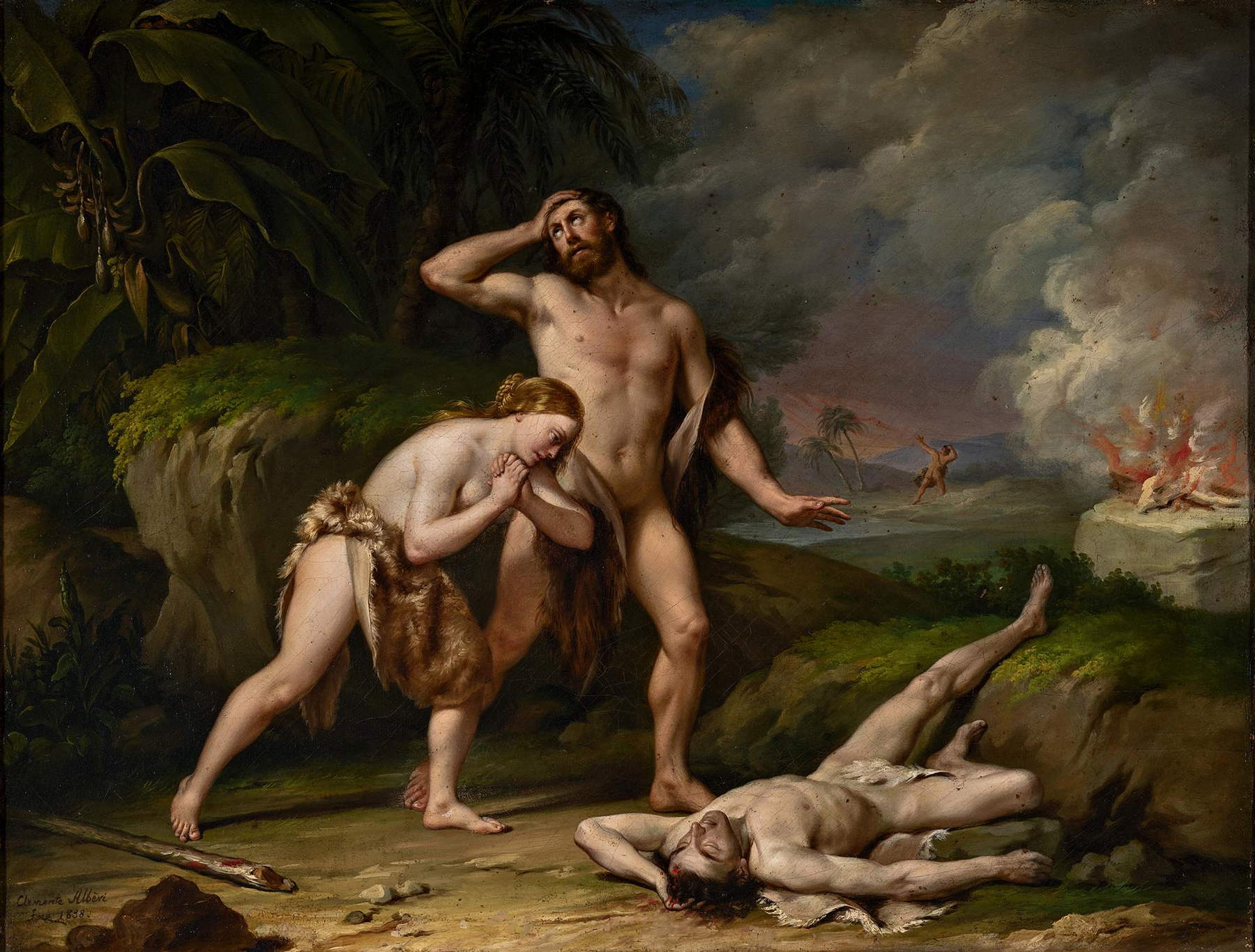
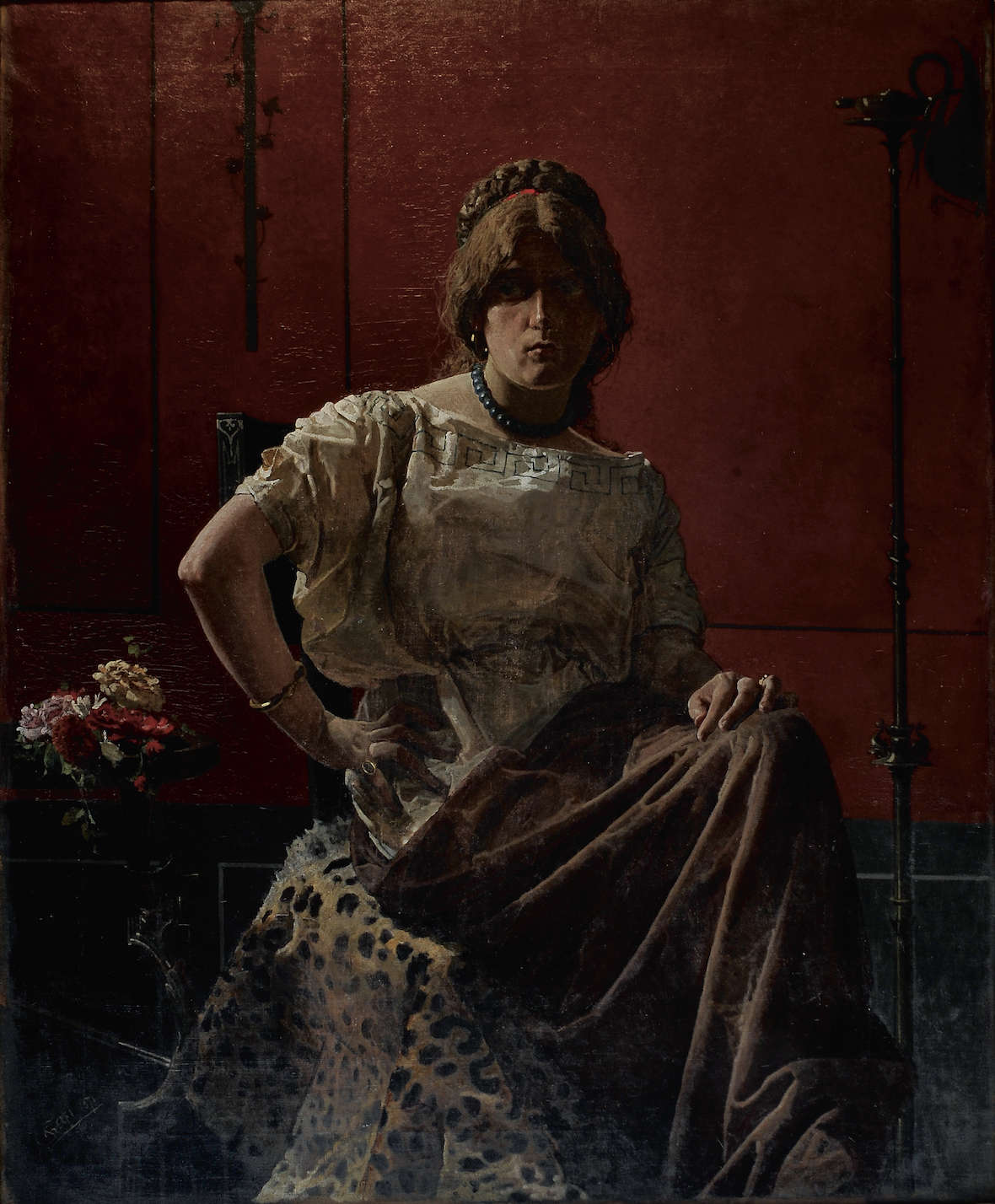
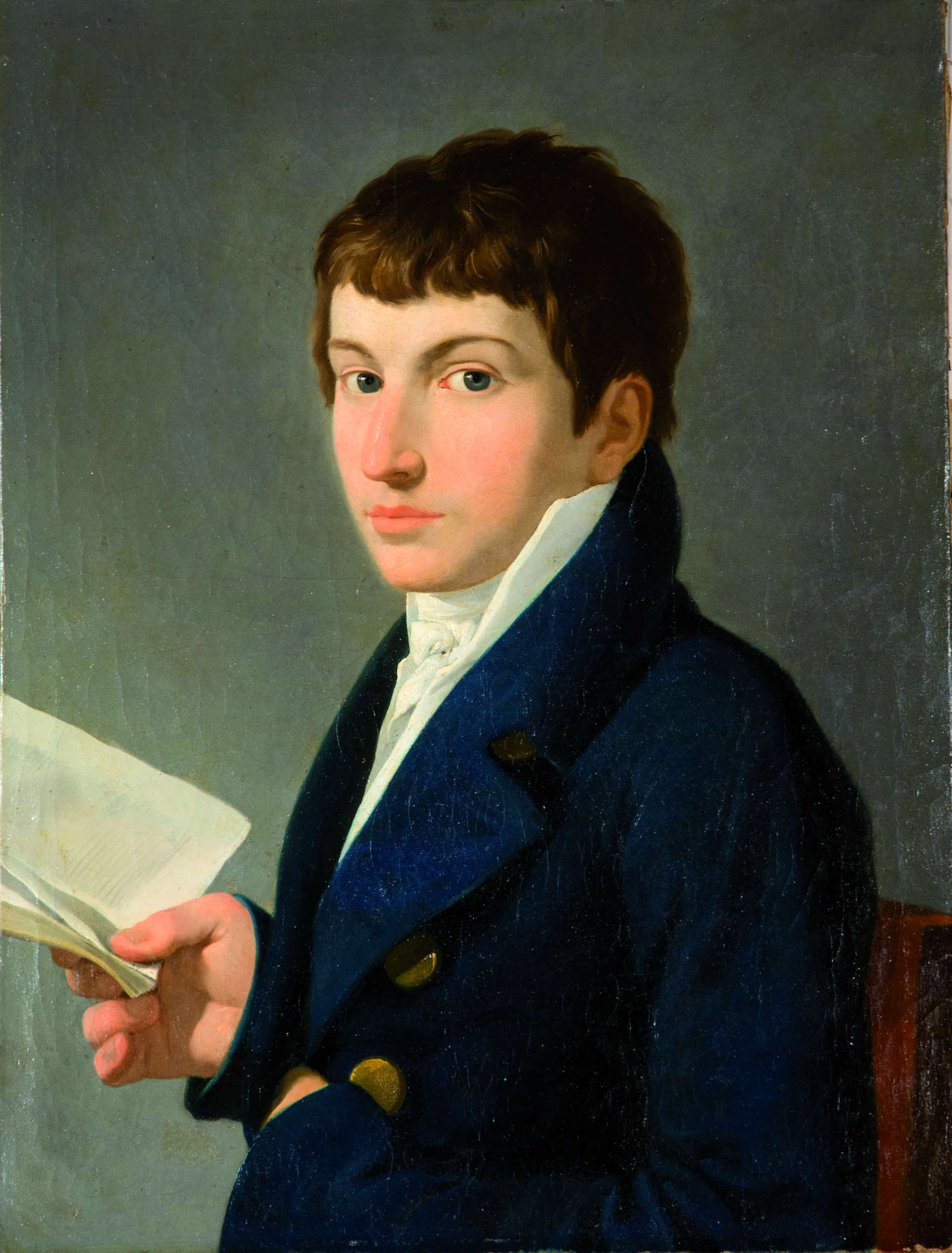
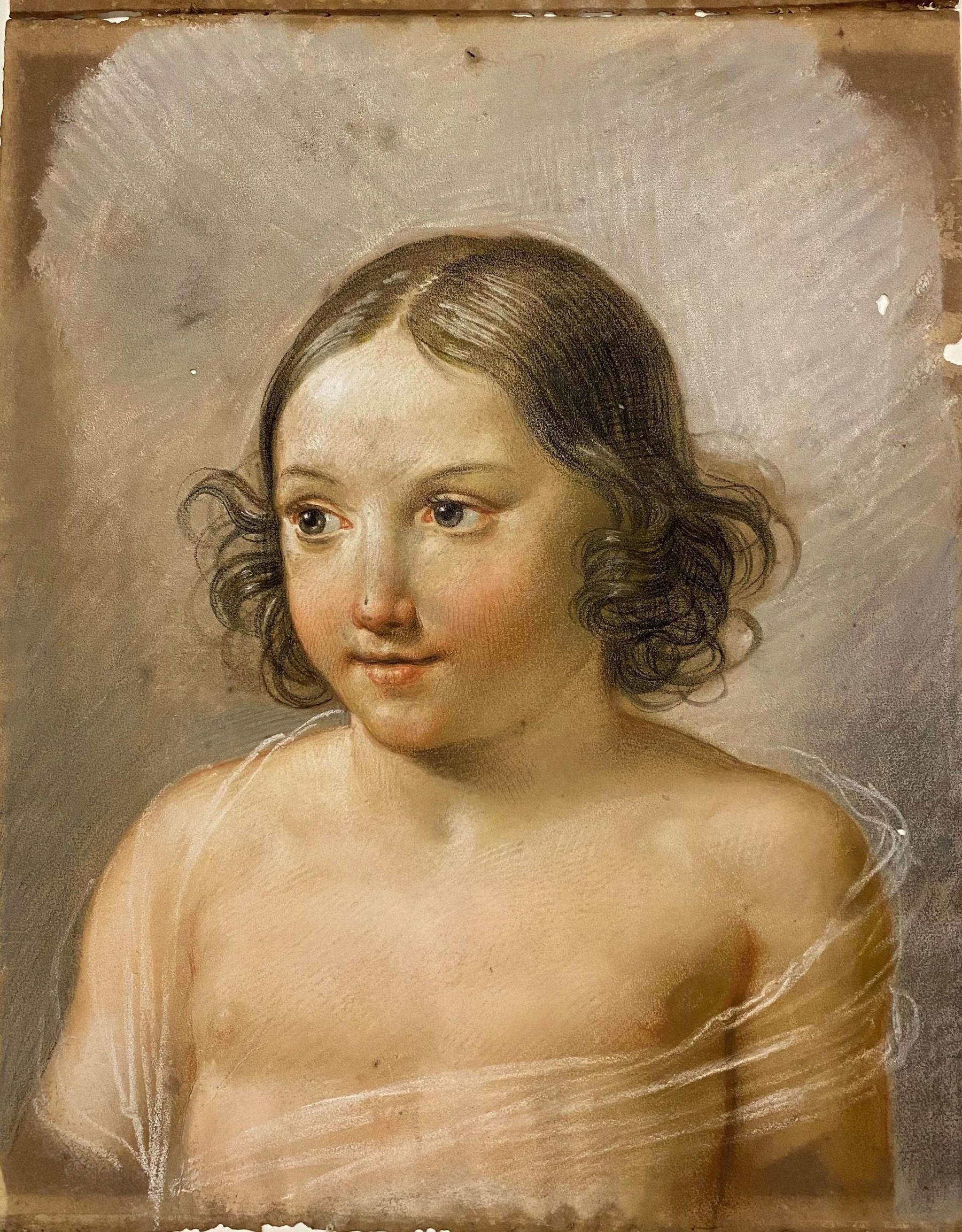
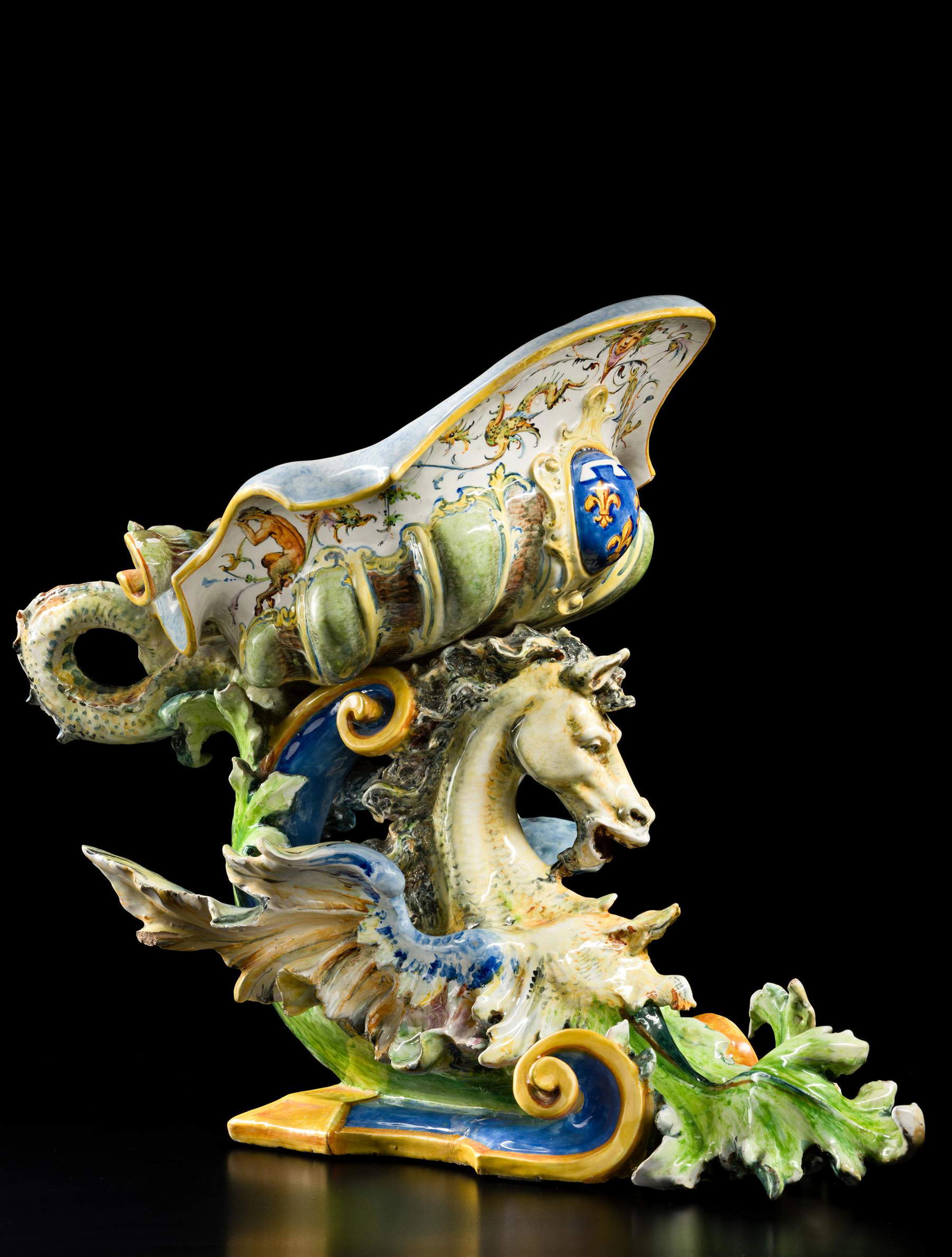
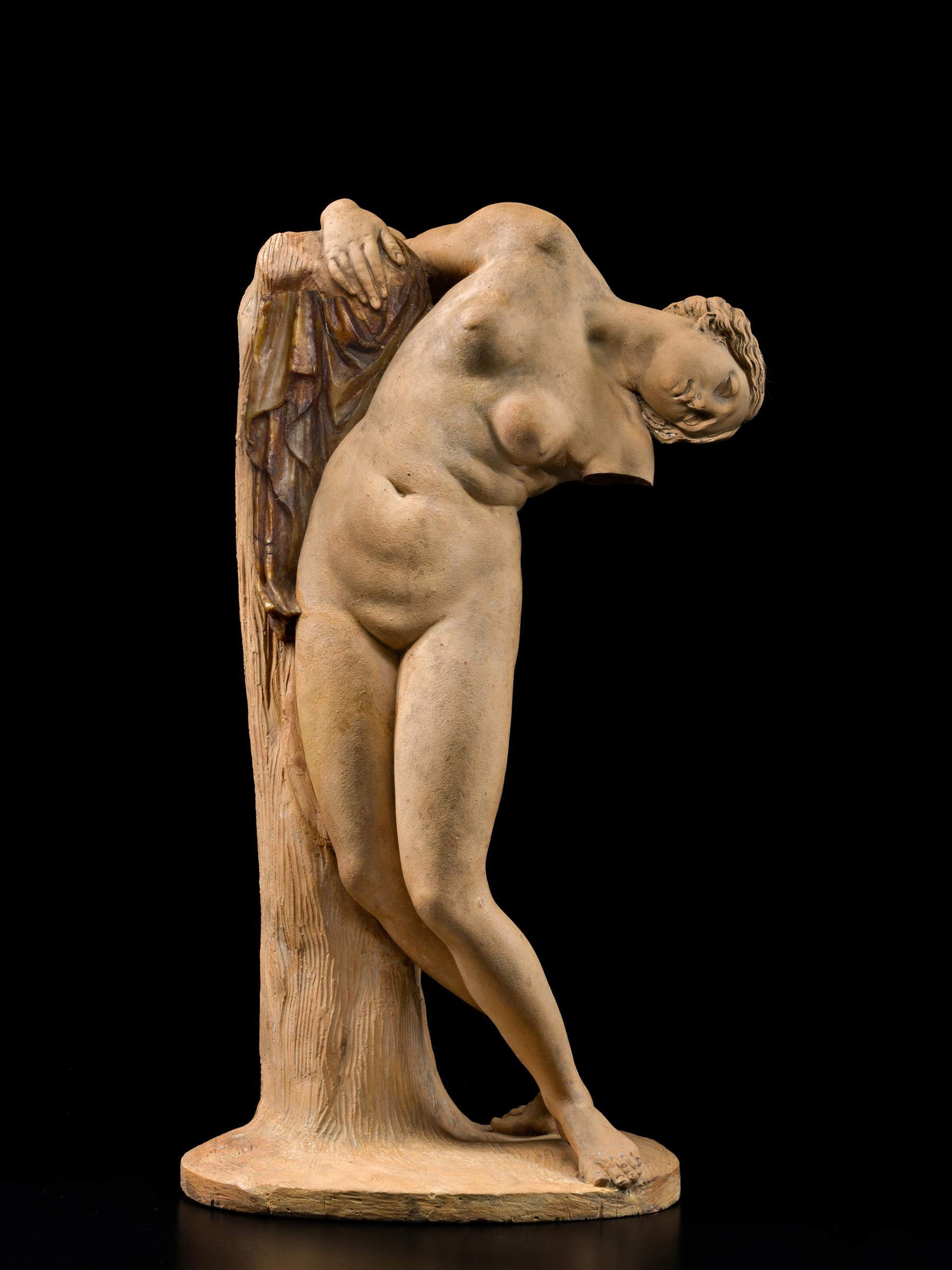
The Albani Room presents the production of the Minghetti manufactory, active from about 1860 with Angelo Minghetti and his sons Gennaro and Arturo. Since 2016, Fondazione Carisbo has owned a significant part of the famous table service commissioned around 1888 by Antonio Maria Louis Philippe de Bourbon-Orléans, Duke of Montpensier and Infante of Spain, for Palazzo Caprara. Of the original collection of about 900 pieces, 381 are now in the Art and History Collections of the Fondazione Cassa di Risparmio. In the Hall of Aeneas, visitors will encounter the works of Antonio Basoli (Castel Guelfo, 1774 - Bologna, 1848), a celebrated ornatist, scenographer and vedutista who was at the center of Bolognese artistic life in the decades between the end of the Ancien Régime, the Napoleonic era and the Restoration. Among the works on display are four canvases celebrating Rome and its conquests, made in 1809 for the palace of Cesare Lambertini. Also on display is a large group of sketches for theater scenes by Giuseppe Badiali (Bologna, 1798-1859), one of the most significant set designers of the new generation.
The exhibition displays a collection of terracotta models by Giacomo De Maria (Bologna, 1762-1838), who represents a point of contact between neoclassical and 19th-century Bolognese sculpture, acquired by the Fondazione Cassa di Risparmio in 2010. The Sala Rubbianesca features terracotta sketches for the large statues in Palazzo Hercolani. The exhibition also includes works such as the Portrait of Antonio Aldini and the statuette Virginia dying, a study for a key work by De Maria. The century is also marked by sculptor Enrico Barbèri (Bologna, 1850-1941), represented with two sketches of commemorative monuments. In the Cesi Room, landscape painting finds space, highlighting the evolution of Bolognese urban representation over time. Works by artists such as Felice Giani, Gaetano Filippo Tambroni and Ottavio Campedelli show the transition from a classical to a more modern view of landscape. The section housed in the Sala Allievi dei Carracci documents many of the works purchased by the Fondazione Cassa di Risparmio that give an accurate picture of Bologna at the time of Giosuè Carducci, when the city was beginning to change its layout and modernize following the introduction of the new town plan. The authors of these views are: Antonio Zannoni (Faenza 1833-1910), Giuseppe Ravegnani (Rimini 1832 - Ferrara 1918), Alessandro Guardassoni (Bologna 1819-1888), Pietro Poppi (Cento 1833 - Bologna 1914), Alessandro Scorzoni (Calcara di Crespellano 1858 - Bologna 1933), and Emanuele Brugnoli (Bologna 1859 - Venice 1944). Closing the itinerary are some works that now speak a new language, such as one of the very rare views of Bologna by Giovanni Boldini (Ferrara 1842 - Paris 1936), La Fontana del Nettuno, painted in 1910, to those designed to commemorate the supreme poet, who died in 1907: from the plaster model by Leonardo Bistolfi (Casale Monferrato 1859 - Turin 1933) for the honorary monument dedicated to him to be placed next to his home (realized, after numerous vicissitudes, about twenty years later), to the sketch of the decorative cycle dedicated to the History and the splendors of Bologna in the Salone del Podestà by Adolfo De Carolis (Montefiore dell’Aso 1874 - Rome 1928).
The exhibition is accompanied by a guidebook published by Bologna University Press, with a wide selection of images of the works on display and contributions by Angelo Mazza, Benedetta Basevi, Pierangelo Bellettini, and Mirko Nottoli.
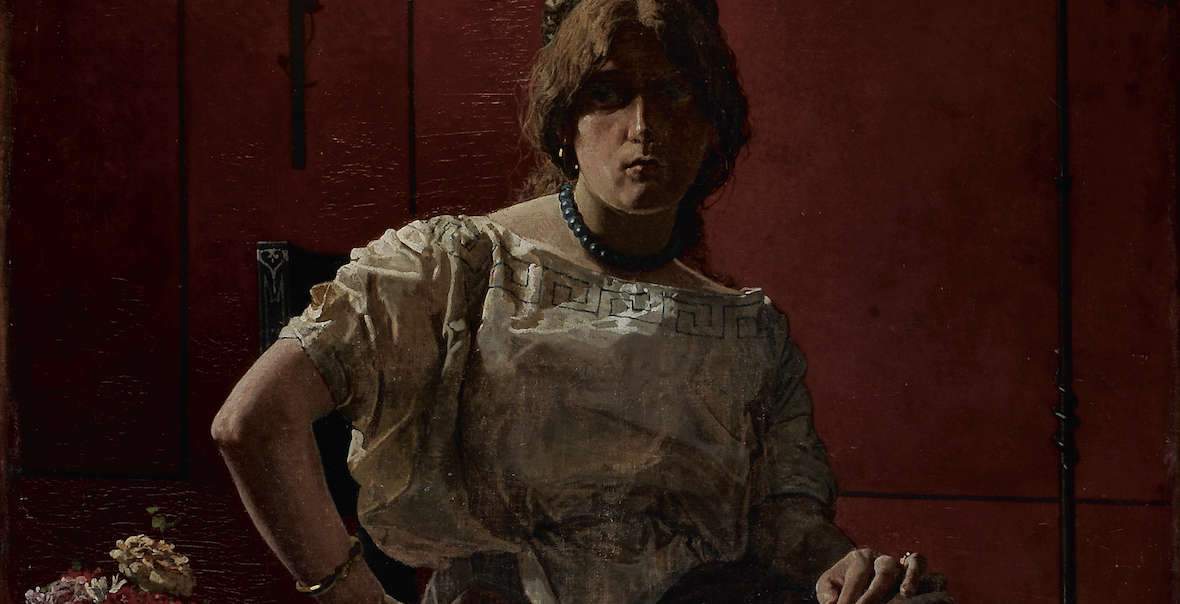 |
| Nineteenth-century Bolognese on display at Palazzo Fava with more than 100 works by 30 artists |
Warning: the translation into English of the original Italian article was created using automatic tools. We undertake to review all articles, but we do not guarantee the total absence of inaccuracies in the translation due to the program. You can find the original by clicking on the ITA button. If you find any mistake,please contact us.